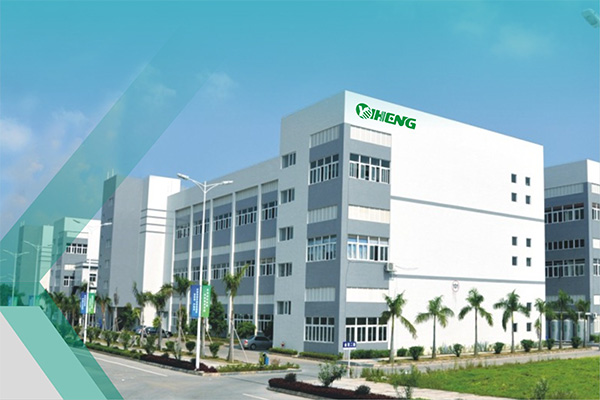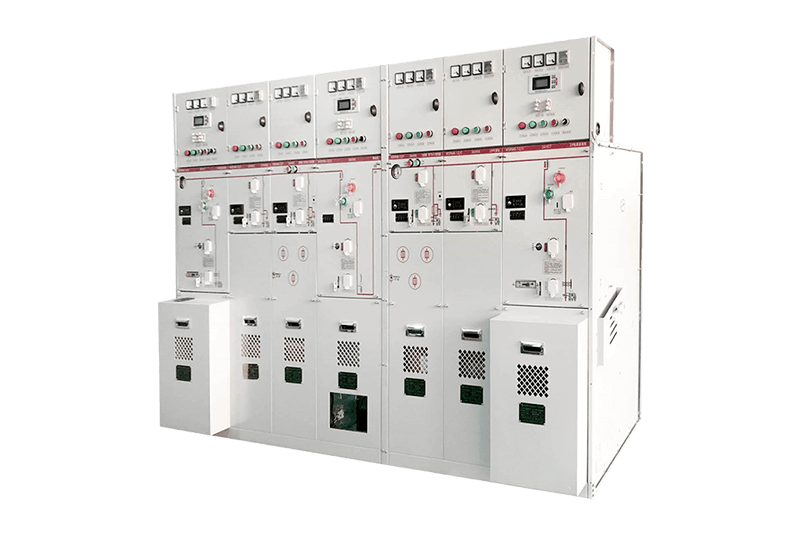The difference between European change and American change?
European box-type substation and American box-type transformer are two common box-type substation designs, which have some differences in appearance, structure and usage habits. Here are the main differences:
Appearance and size: European box-type substations usually adopt a square or rectangular appearance design, and the appearance is simple. The American box change is more inclined to use a rectangular or cylindrical appearance design, the appearance is relatively more complex.
Equipment layout: In European box-type substations, the installation of equipment is usually arranged along the long or wide side of the box, and the equipment is generally located at ground level. In the American box, the layout of the equipment is relatively more compact, usually including transformers and other equipment buried deep underground.
In and out line mode: European-style box substations usually use underground in and out line mode, that is, the main cables and wires are connected to the box through the underground pipeline. The American box change usually adopts the ground inlet and outlet line mode, and the cable and wire are directly introduced into the box from the ground.
Maintenance and operation: Due to differences in structure and layout, European box-type substations usually have better maintenance and operation performance, and are easy to maintain and replace equipment. American box changes may be relatively complex in maintenance and operation.
Application environment: European box-type substation is more common in Europe and other regions, while American box-type transformer is mainly used in the United States and other North American countries. This has also led to differences in power standards, wiring methods and other aspects.
It should be noted that these differences are not absolute, and there may be some combination or crossover in practice. When selecting a box-type substation, it should be evaluated and selected according to factors such as specific needs, local standards and specifications, and site conditions.






